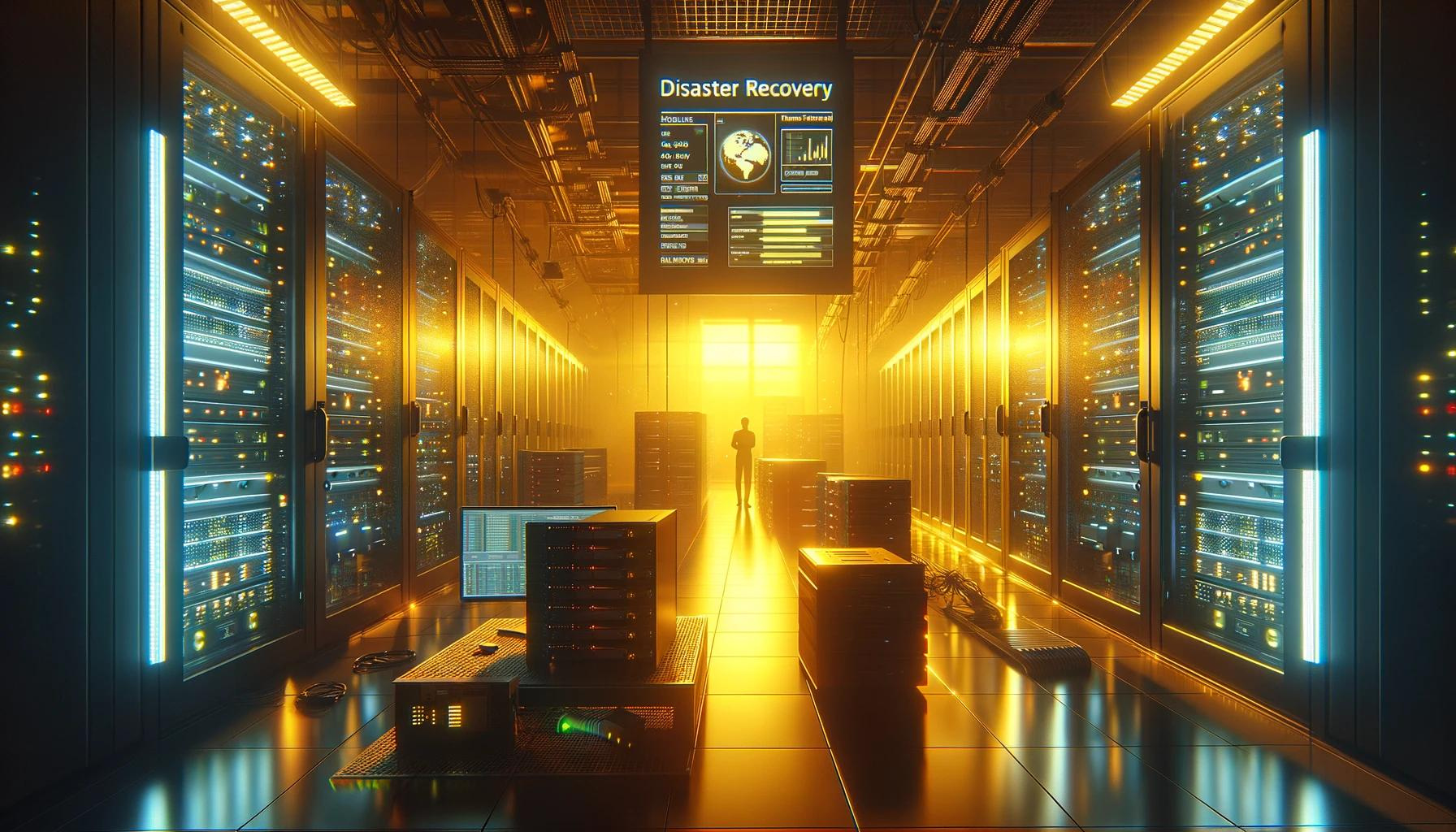In the ever-evolving landscape of business operations, the terms “business continuity” and “disaster recovery” are often used interchangeably. However, they represent distinct concepts within the broader framework of organizational resilience. Understanding the differences between these two terms is crucial for any business aiming to safeguard its operations against unforeseen disruptions.
Difference Between Business Continuity and Disaster Recovery
The main difference between business continuity and disaster recovery lies in their scope and focus. Business continuity is a holistic approach that encompasses the entire organization, aiming to ensure the continuation of critical business functions during and after a disruption. It focuses on maintaining operations, managing risks, and minimizing the impact on customers and stakeholders.
Disaster recovery, on the other hand, is more narrowly focused on the recovery of IT systems and data after a disaster. It involves specific technical measures to restore systems, applications, and data to full functionality, ensuring that the organization’s technology infrastructure can support business continuity.
In summary, business continuity is about keeping the business running in the face of disruptions, while disaster recovery is about quickly restoring the IT systems that support those business operations.
Business Continuity: Ensuring Ongoing Operations
Business continuity refers to the strategic approach that an organization takes to maintain essential functions during and after a disruption. It encompasses a wide range of activities, from identifying critical business processes to developing plans that ensure the continuity of operations under various scenarios. The goal of business continuity is to minimize the impact of disruptions on the organization’s ability to deliver its products or services.
Key components of business continuity include:
- Risk Assessment: Identifying potential threats and vulnerabilities that could disrupt business operations.
- Business Impact Analysis (BIA): Assessing the potential impact of different disruptions on various business functions.
- Continuity Strategies: Developing strategies to maintain or quickly resume critical operations in the event of a disruption.
- Plan Development: Creating a comprehensive business continuity plan that outlines procedures and responsibilities for maintaining operations.
- Training and Testing: Regularly training employees on their roles in the continuity plan and testing the plan to ensure its effectiveness.
Disaster Recovery: Restoring Critical Systems

Disaster recovery services, on the other hand, are a subset of business continuity that focuses specifically on the restoration of IT systems and data after a disaster. It involves the implementation of technology solutions and processes to recover lost data, restore system functionality, and ensure the availability of critical IT resources.
Key components of disaster recovery include:
- Data Backup: Regularly backing up important data to secure locations, either on-site or off-site, to facilitate quick recovery.
- Recovery Objectives: Defining recovery time objectives (RTOs) and recovery point objectives (RPOs) to determine acceptable downtime and data loss.
- Disaster Recovery Plan (DRP): Developing a detailed plan that outlines the steps to restore IT systems and data following a disruption.
- Redundancy: Implementing redundant systems, such as failover servers or cloud-based solutions, to ensure continuous availability of critical IT resources.
- Testing and Maintenance: Regularly testing the disaster recovery plan and updating it as necessary to reflect changes in the IT environment.
The Interplay Between Business Continuity and Disaster Recovery
While business continuity and disaster recovery are distinct concepts, they are closely related and often overlap. Disaster recovery is a critical component of a comprehensive business continuity plan, as IT systems and data are integral to the operation of most modern businesses. Effective business continuity planning requires a holistic approach that incorporates disaster recovery strategies to ensure the resilience of both business operations and IT infrastructure.
Implementing Business Continuity and Disaster Recovery
To effectively implement business continuity and disaster recovery, organizations should follow these steps:
- Conduct a Risk Assessment and Business Impact Analysis: Identify potential threats and assess their impact on business operations and IT systems.
- Define Objectives: Establish clear RTOs and RPOs for critical processes and IT resources.
- Develop Comprehensive Plans: Create detailed business continuity and disaster recovery plans that outline procedures, responsibilities, and resources.
- Invest in Technology Solutions: Implement appropriate technology solutions, such as data backup systems, redundant hardware, and cloud services, to support recovery efforts.
- Train and Educate Staff: Ensure that employees understand their roles in the plans and are trained to respond effectively to disruptions.
- Test and Update Plans Regularly: Regularly test the plans to ensure their effectiveness and update them as necessary to reflect changes in the business or IT environment.
Disaster Recovery & Business Continuity Are Not the Same
Understanding the difference between business continuity and disaster recovery is essential for any organization seeking to protect its operations from disruptions. While business continuity encompasses the overall strategy for maintaining operations during and after a disruption, disaster recovery focuses specifically on the restoration of IT systems and data. By implementing comprehensive business continuity and disaster recovery plans, organizations can enhance their resilience and ensure the continuity of their critical functions in the face of unforeseen challenges. SelTec offers effective disaster recovery, business continuity, and data backup services. Contact us or fill out the form below for a free consultation.


